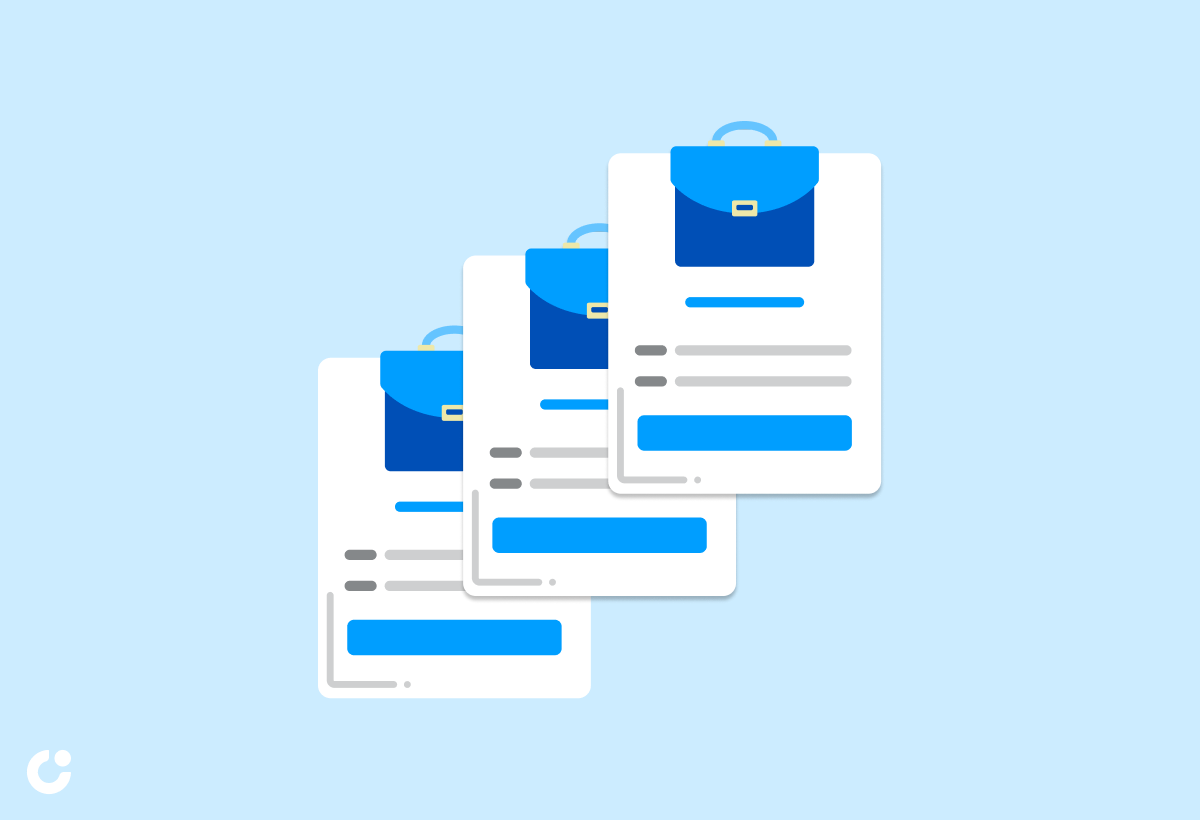In today's competitive job market, job seekers are constantly looking for ways to make their applications stand out. One often overlooked strategy is sending a follow-up email after submitting an application.
In this article, we will discuss the importance of follow-up emails, when to follow up on a job application, how to craft an effective follow-up email, and best practices for following up on job applications. We will also provide a sample follow-up email template to help you make a lasting impression on potential employers.
So, if you want to enhance your job applications and increase your chances of landing that dream job, keep reading!
Key Takeaways:
- Following up on a job application is crucial as it shows your interest and professionalism to the employer.
- It is best to wait approximately two weeks before sending a follow-up email to allow the hiring process to progress.
- When crafting a follow-up email, maintain proper etiquette, highlight your value as a candidate, and express gratitude for the opportunity.
Importance of Sending a Follow-Up Email After an Application
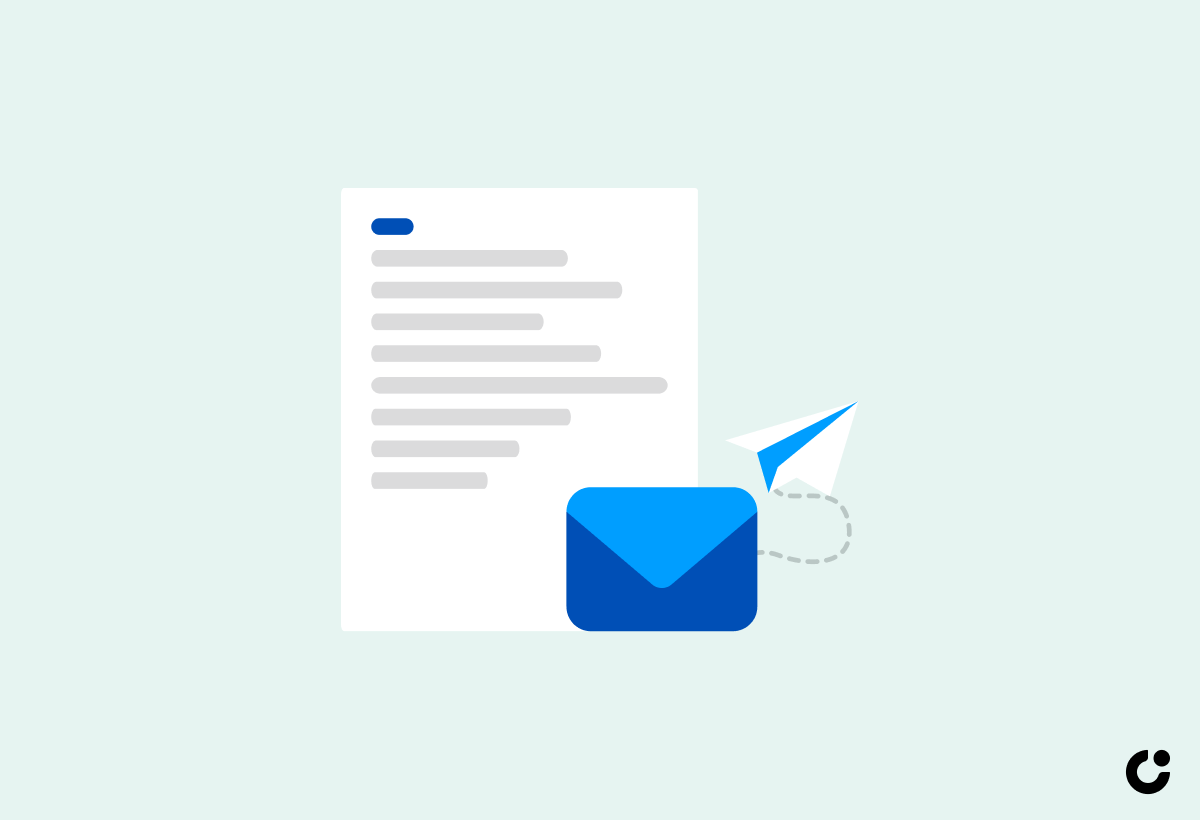
When applying for a job, the importance of sending a follow-up email cannot be overstated. It showcases your proactive approach and reaffirms your interest in the position and the company.
Follow-up emails serve as a professional way to keep your application fresh in the hiring manager's mind. It demonstrates your attention to detail and commitment to the potential role. Sending a follow-up email provides an opportunity to reiterate key points about your qualifications and why you are a good fit for the position.
In a competitive job market, a well-crafted follow-up email can set you apart from other candidates who may not take the initiative to follow up. It shows that you are dedicated, engaged, and genuinely interested in the opportunity.
Why Follow-Up Emails are Crucial
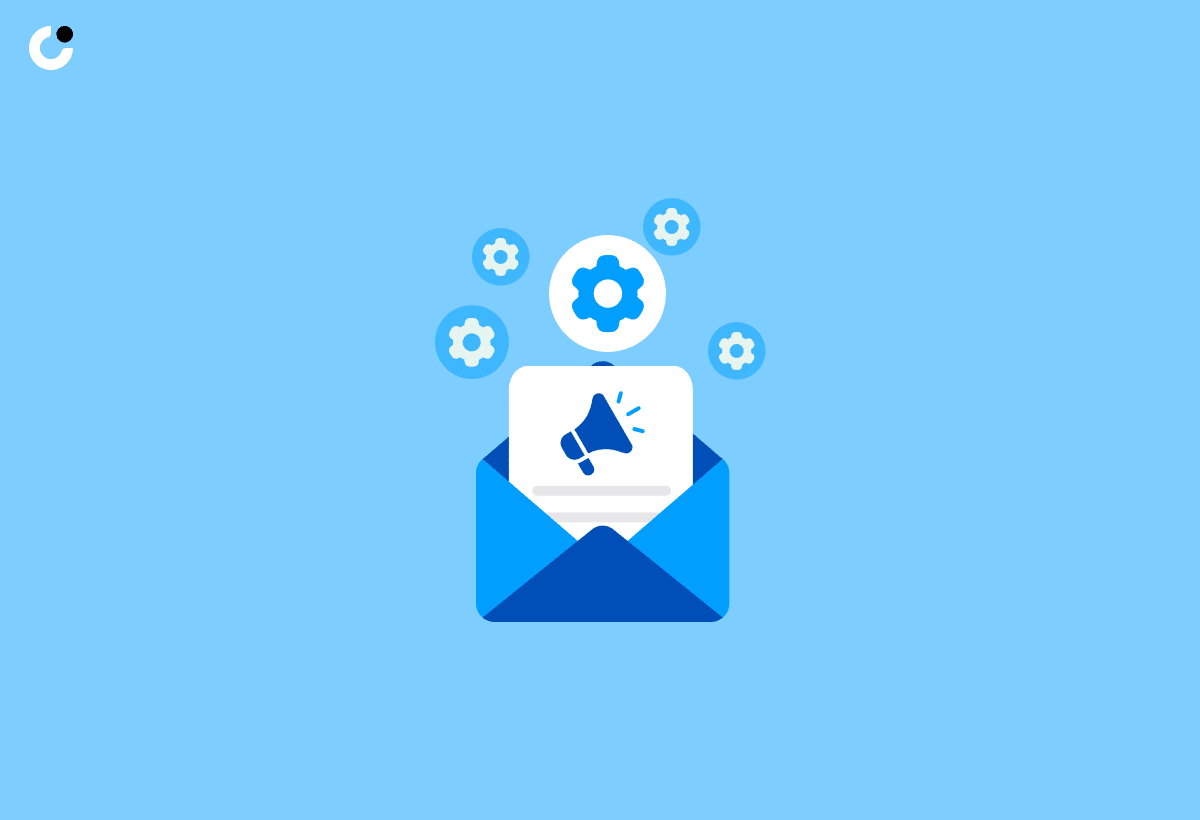
Follow-up emails are crucial in the job application process as they allow job seekers to reaffirm their interest, highlight relevant skills and experience, and maintain contact with the hiring manager or company.
By sending a follow-up email, the candidate not only showcases their enthusiasm for the position but also reinforces their qualifications. It is an opportunity to express gratitude for the interview opportunity and emphasize specific points discussed during the interview. A well-crafted follow-up email can set a candidate apart from others by demonstrating professionalism and attention to detail.
Providing further examples or templates for effective follow-up communication can enable job seekers to create tailored and impactful messages that leave a lasting impression on hiring managers. These emails should be concise, personalized, and timely, reflecting the candidate's continued interest in the position.
When to Follow Up on a Job Application
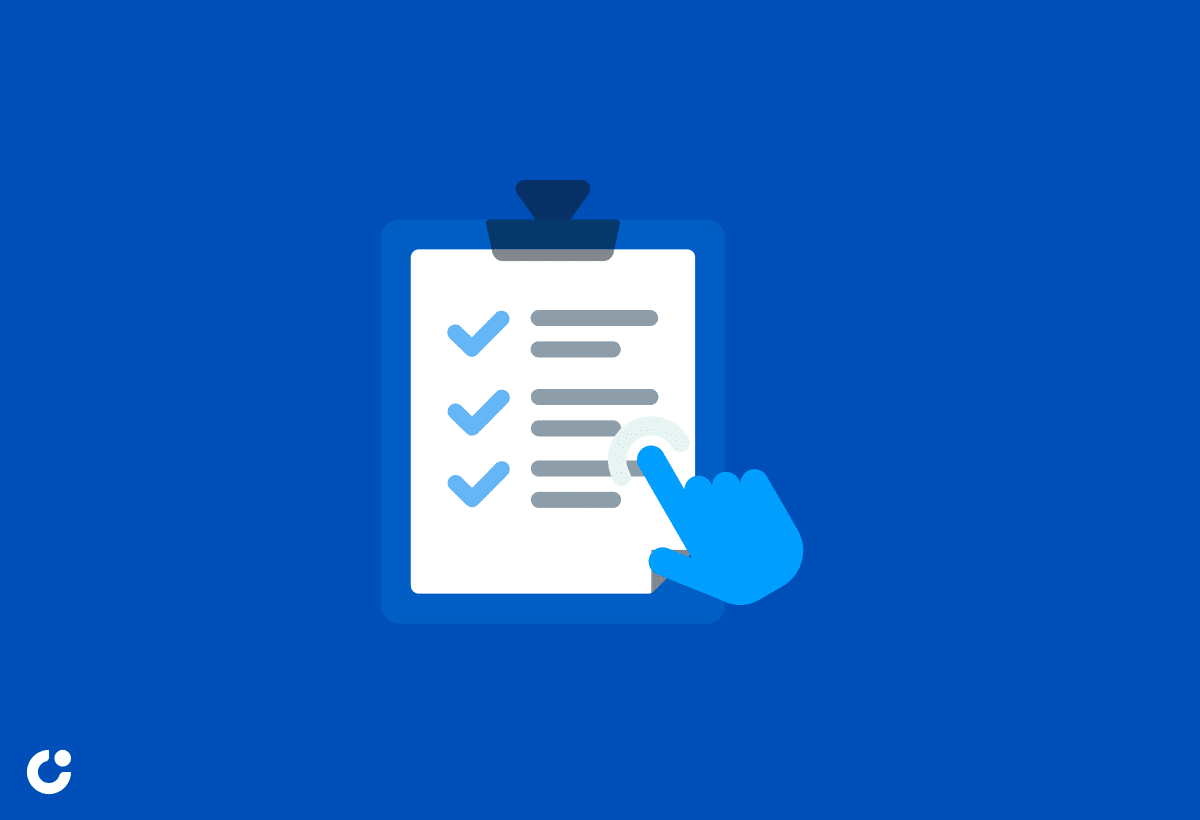
Determining the right time to follow up on a job application requires consideration of the company's hiring timeline, the status of the application, and the communication received post-interview.
After an interview, the outcome plays a significant role in deciding when to send a follow-up email - whether you received positive feedback and indications of next steps, or if the response was more neutral or open-ended. Additionally, effective communication between you and the hiring team can impact the timing. If they mentioned a specific timeframe for decision-making, it's advisable to wait until after that period to follow up. If there was no mention of this, a courteous, timely follow-up after a reasonable interval could demonstrate your enthusiasm and proactiveness.
Consider the Hiring Timeline
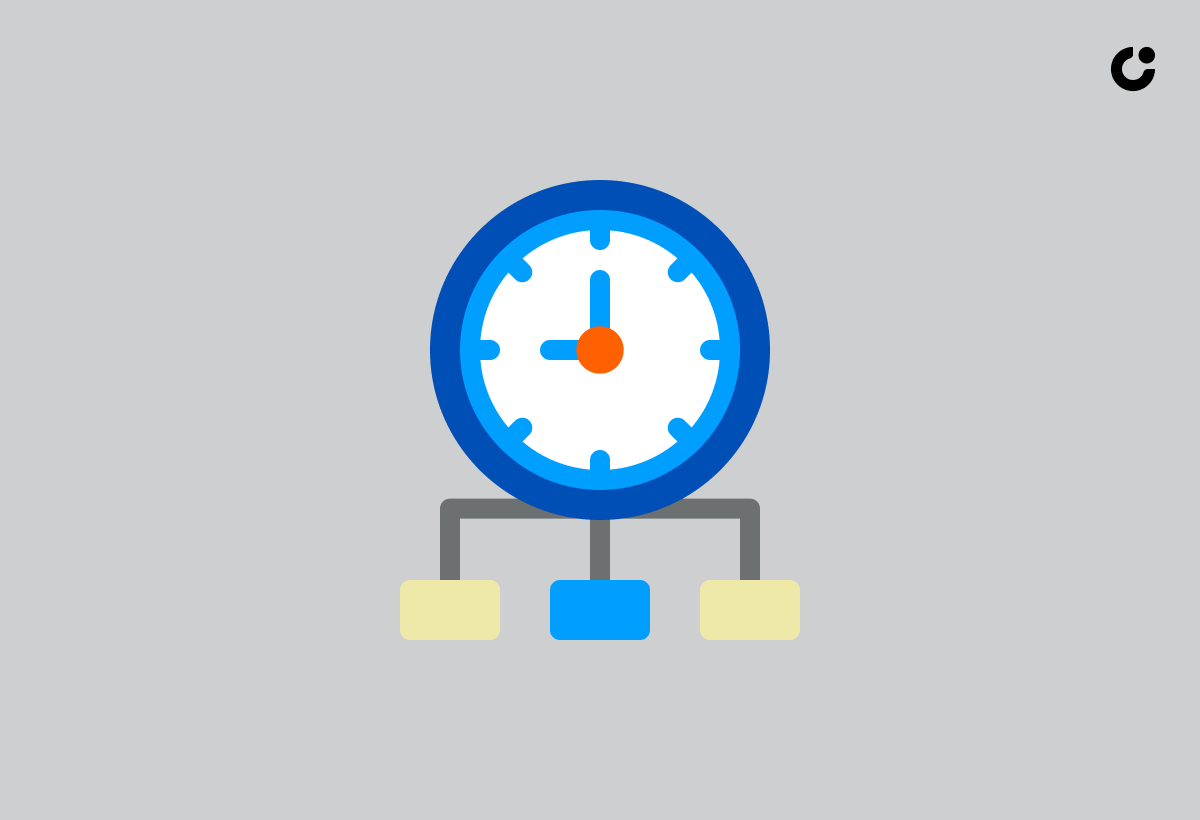
Considering the hiring timeline is crucial when deciding when to follow up on a job application. Pay attention to any deadlines or expected response timelines set by the company.
Aligning your follow-up timing with the company's hiring timeline can significantly impact the outcome of your job application. Being proactive in your approach demonstrates your enthusiasm and interest in the position while also showing that you respect the employer's process.
By understanding the typical application statuses like under review, interviewing, or pending decision, you can adjust your follow-up strategy accordingly.
Wait Approximately Two Weeks
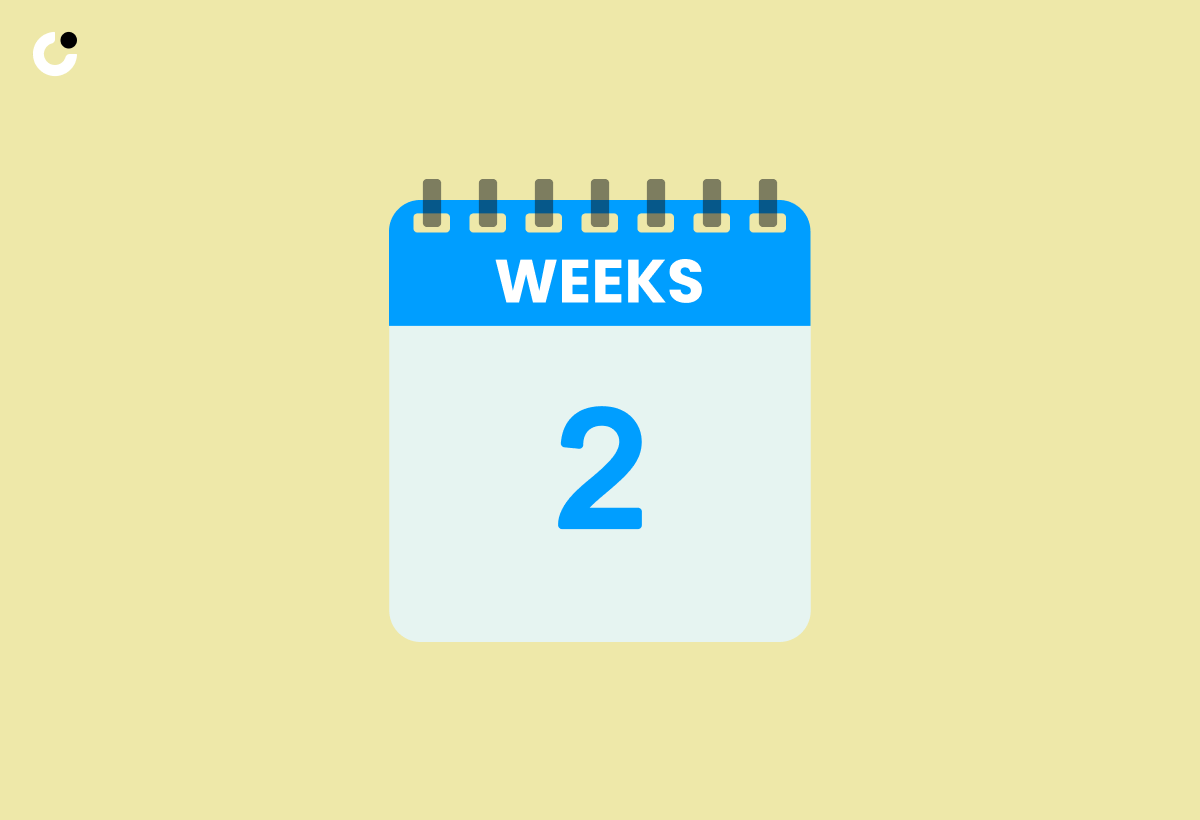
A general guideline is to wait approximately two weeks before following up on a job application. This timeframe allows the hiring process to progress while showing your continued interest.
It is essential to strike a balance between eagerness and patience when considering when to send a follow-up email. By waiting around two weeks, you give the employer ample time to review applications and schedule interviews, but also demonstrate your enthusiasm for the position. Remember, following up too soon may come across as pushy, while waiting too long may give the impression of disinterest. Be mindful of the application status, adhere to any communicated interview timelines, and engage in polite and professional communication practices to enhance your chances of success.
How to Follow Up on a Job Application
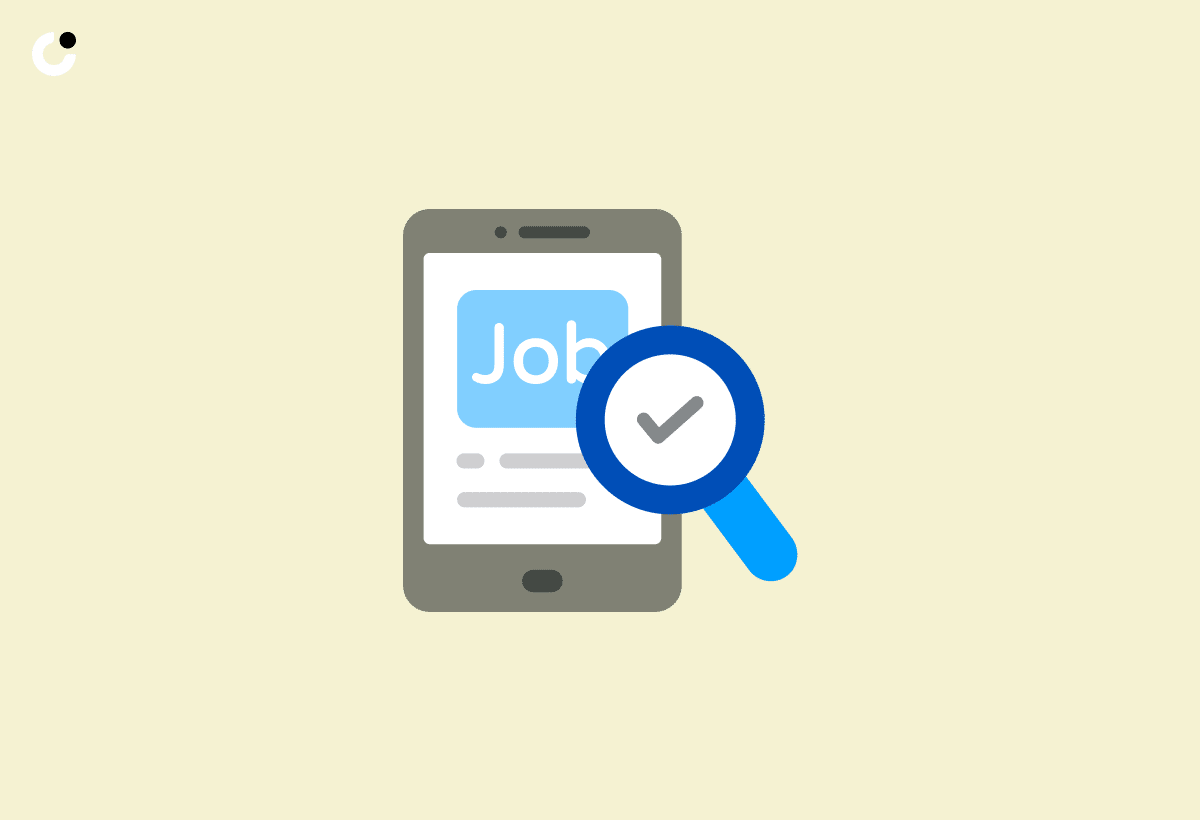
Following up on a job application requires a blend of etiquette, professionalism, and strategic communication. It's essential to highlight your value, inquire about the timeline, and express gratitude.
When crafting your follow-up message, ensure that you reiterate your interest in the position and how your skills align with the job requirements. Make it concise but impactful to capture the attention of the recipient. Polite inquiries regarding the timeline of the hiring process can demonstrate your eagerness without appearing impatient.
- Always customize your follow-up based on the stage of the application process. For example, if you've had an interview, express your appreciation for the opportunity to meet the team and further discuss how you can contribute.
- Another effective tip is to provide additional insights or ideas related to the role or the company in your follow-up. This shows your dedication and enthusiasm for the position, setting you apart from other candidates.
Etiquette and Tone
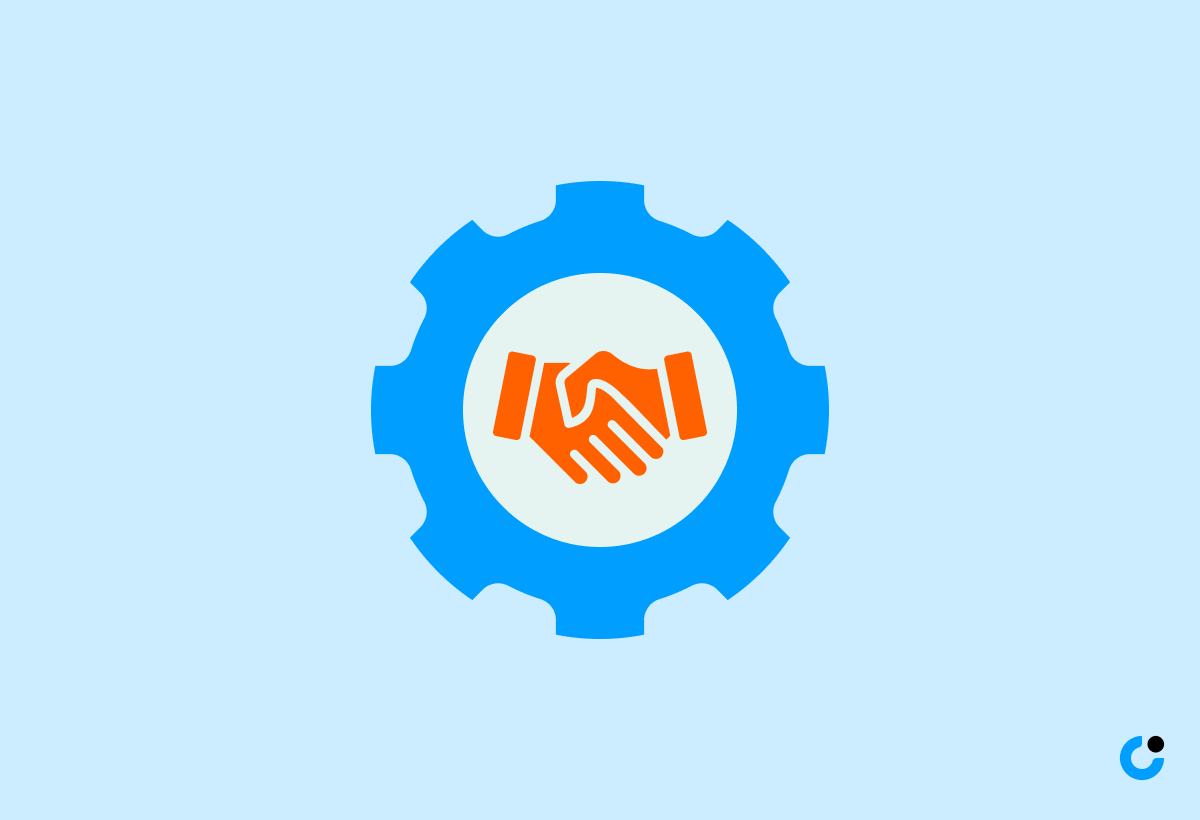
Maintaining proper etiquette and tone in your follow-up email is essential to leave a positive impression on the hiring manager. Ensure your communication is professional, concise, and respectful.
Professionalism in emails can significantly impact how you are perceived by potential employers. Using clear language and formal greetings sets the right tone.
Try to keep paragraphs short and focused to enhance readability. Express appreciation for the opportunity while avoiding overly casual language.
Remember to proofread your email for any errors before sending it out. The structure of your email, with a clear introduction, body, and closing, reflects your attention to detail. This attention will undoubtedly be noticed and appreciated by the recipient.
Highlight Your Value
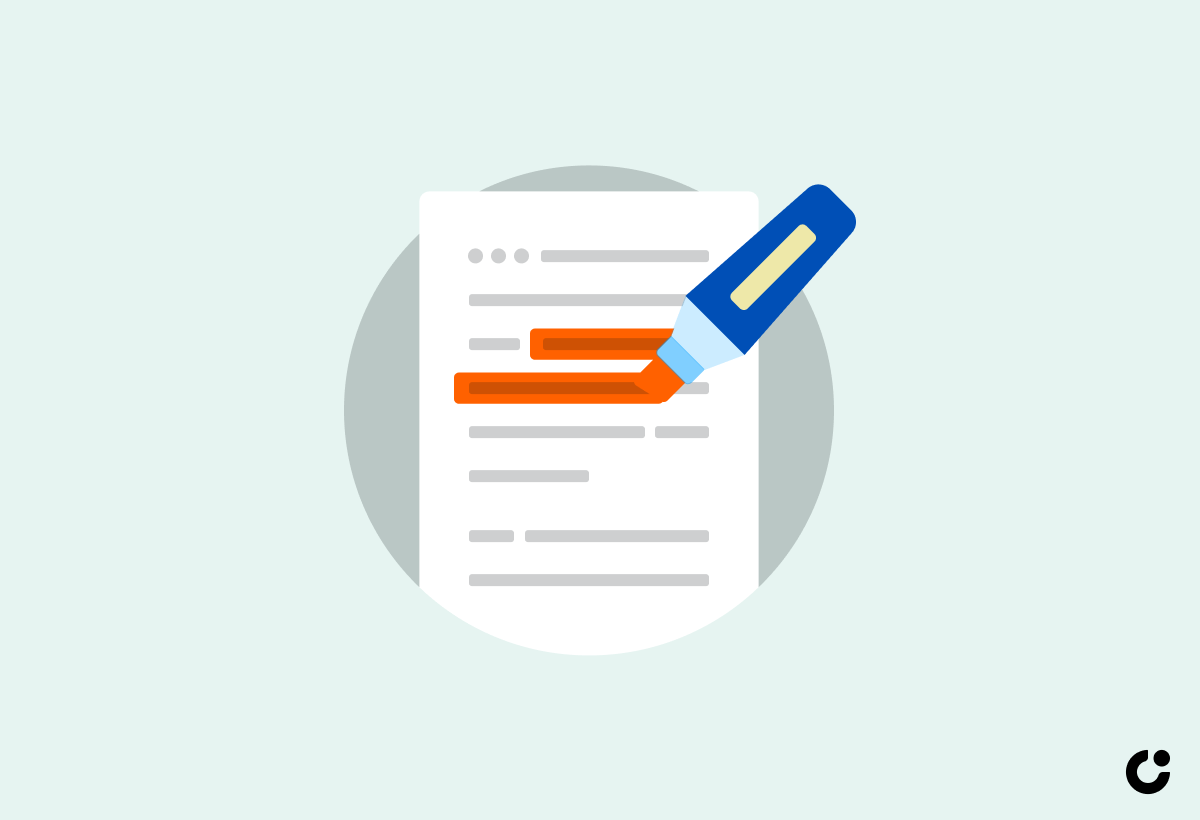
When following up on a job application, make sure to highlight your value proposition by emphasizing your relevant skills, experience, and qualifications that align with the job requirements.
By showcasing your value in follow-up emails, you provide a strategic opportunity to demonstrate how valuable you can be to the prospective employer. By explicitly linking your skill set and professional achievements to the specific job criteria, you create a compelling case for your candidacy.
- Focus on showcasing not just what you bring to the table, but also how it relates directly to the challenges and needs of the role.
- Identify key aspects of the job description that match your qualifications and highlight those in your communication.
- Illustrate with concrete examples how your past experiences have equipped you with the skills necessary to excel in the position.
Crafting tailored follow-up emails that highlight your value helps you stand out as a highly qualified and motivated candidate, increasing your chances of receiving a positive response from the employer.
Inquire About the Timeline

It's advisable to inquire about the hiring timeline when following up on a job application. Politely ask for an update on the status of your application to demonstrate your interest and commitment.
By seeking clarity on the application timeline, you exhibit a proactive approach that hiring managers often appreciate. A timely follow-up not only shows your eagerness for updates but also reinforces your professionalism. Clearly articulating your communication expectations can streamline the process and facilitate better engagement. It conveys to the employer that you are serious about the opportunity and ready to take the next steps. Remember, effective communication is key in ensuring a smooth interview process and enhancing your overall candidacy.
Keep it Concise
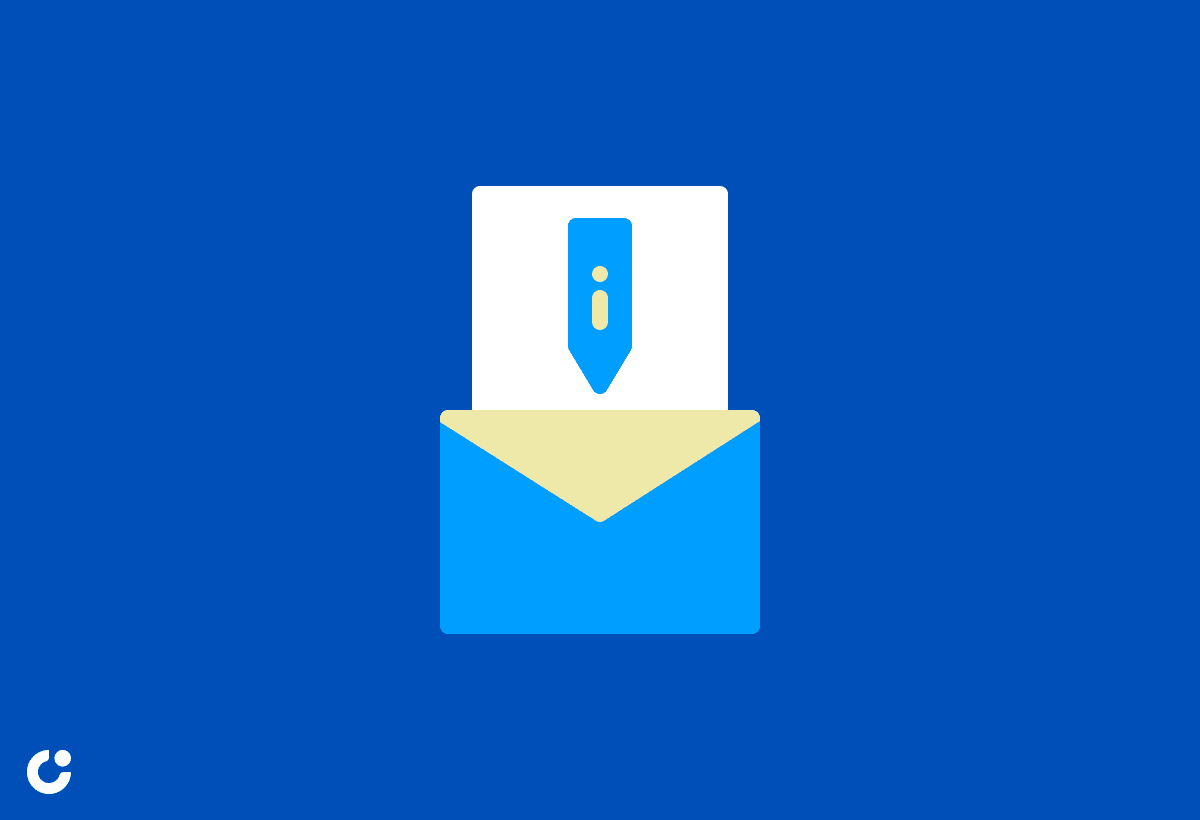
Maintain brevity and clarity in your follow-up email by keeping it concise and to the point. Avoid unnecessary details and focus on the key message you want to convey.
One effective tip is to utilize email templates or examples. Templates can help streamline your message by providing a structured format and ensuring you cover all necessary points without being overly verbose. Consider the importance of a clear subject line that summarizes the purpose of your email, allowing the recipient to grasp the content quickly. Remember, the goal is to make it easy for the recipient to understand your message at a glance, so keep it organized and efficient.
Express Gratitude

Expressing gratitude in your follow-up email can leave a positive impression on the hiring manager. Thank them for considering your application and the opportunity to showcase your qualifications.
Showing gratitude in your communication demonstrates professionalism and respect, indicating your appreciation for their time and attention. Among the examples of thank-you messages include acknowledging specifics discussed during the interview, emphasizing your enthusiasm for the role, and reiterating your strong interest in the position. By expressing appreciation in your follow-up email, you also create an opportunity to reaffirm your qualifications and fit for the job, reaffirming your commitment and interest in joining the team.
Review and Edit Your Email
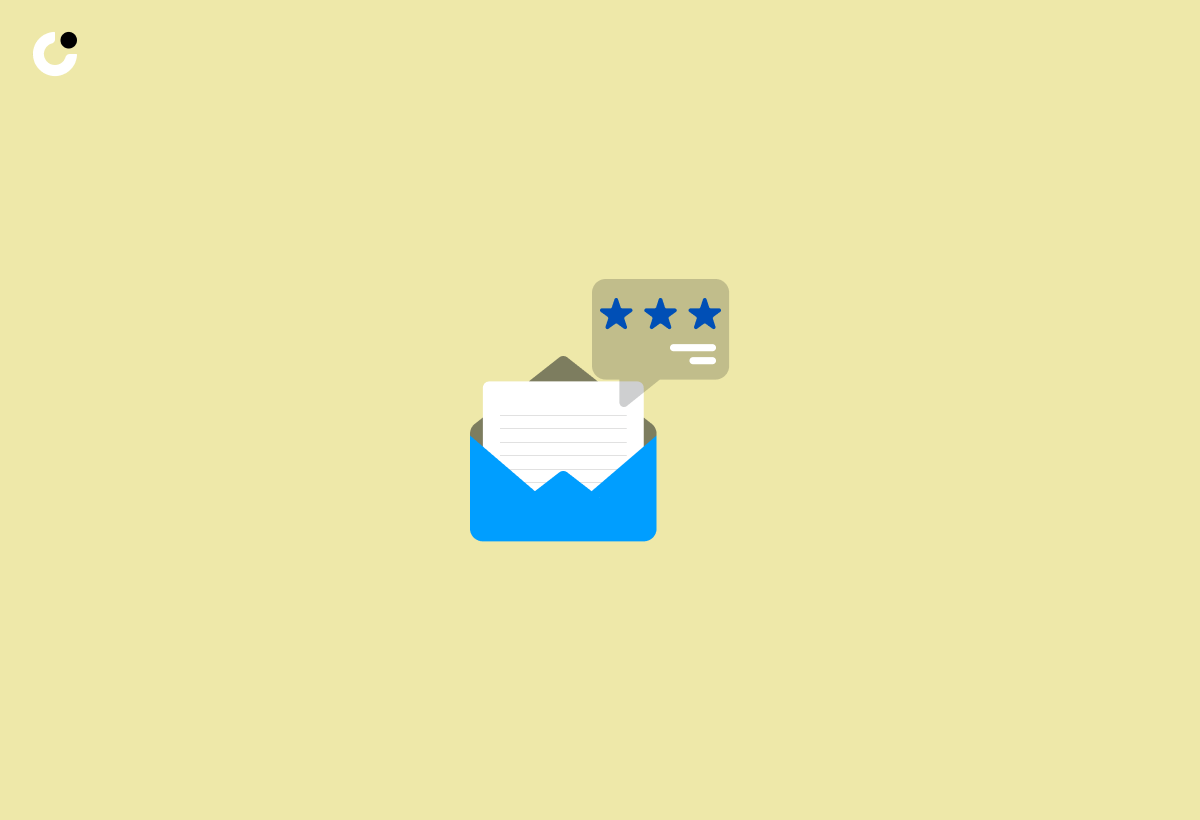
Before sending your follow-up email, ensure to review and edit it carefully. Check for any typos, grammatical errors, or formatting issues that may affect the professionalism of your communication.
One crucial aspect to examine is the subject line; it should be clear and relevant to the email's content. Evaluate the overall tone of your message to ensure it aligns with your intent and maintains a respectful tone. It's also essential to double-check all attachments to guarantee they are included and functioning correctly. Another key consideration is the contact information; confirm that it is up-to-date and accurate. Before hitting 'send,' review the email for consistency in style and language to present a professional and polished image.
Structuring a Follow-Up Email
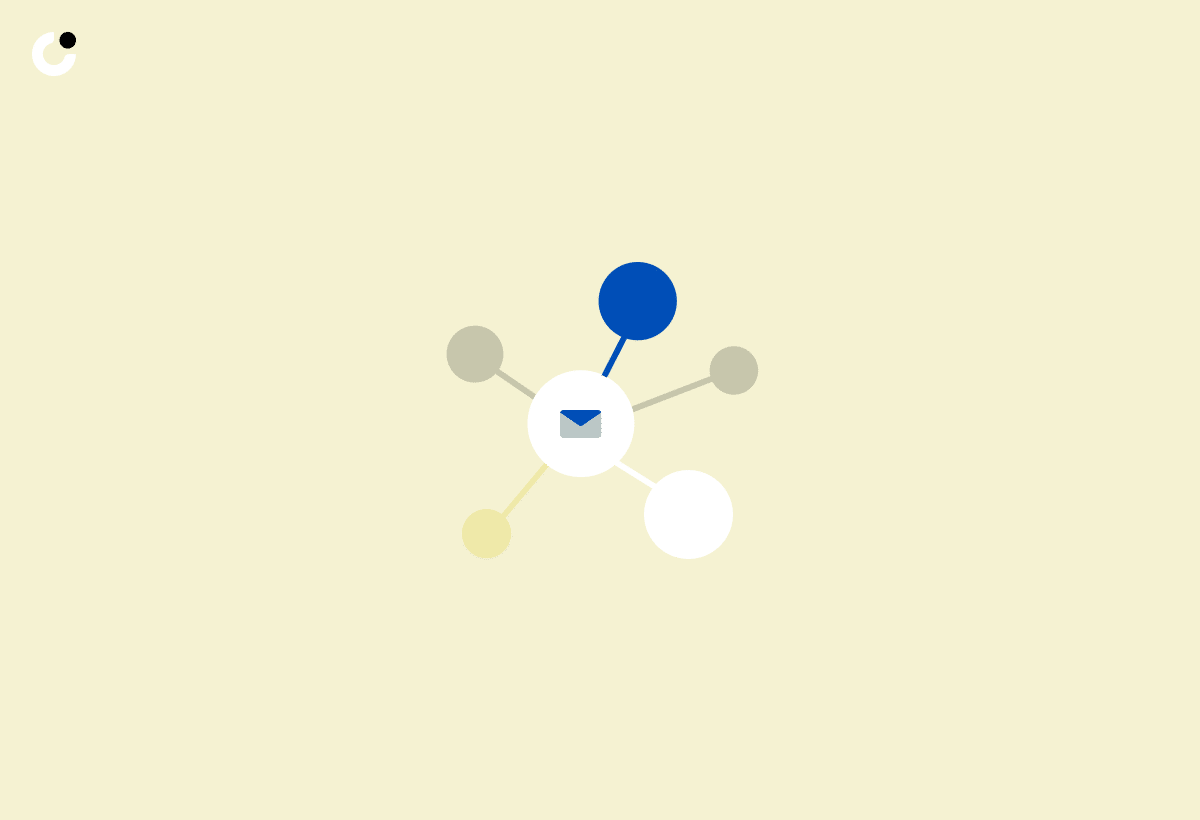
A well-structured follow-up email should include a professional introduction, a concise body highlighting your qualifications, and a closing expressing gratitude and interest in the job opportunity.
One of the key components of a professional introduction is addressing the recipient by name, showcasing your enthusiasm for the position. This sets a positive tone and personalized touch to your email, making a lasting impression.
In the body of the email, focus on succinctly summarizing your relevant experiences and skills that align with the job requirements. Use keywords from the job posting to demonstrate a clear fit, ultimately reinforcing your suitability for the role.
As you conclude the email, express your appreciation for the opportunity to apply and convey your genuine interest in further discussing your qualifications. A polite closing remark can leave a positive final impression on the recipient.
Sample Follow-Up Email Template
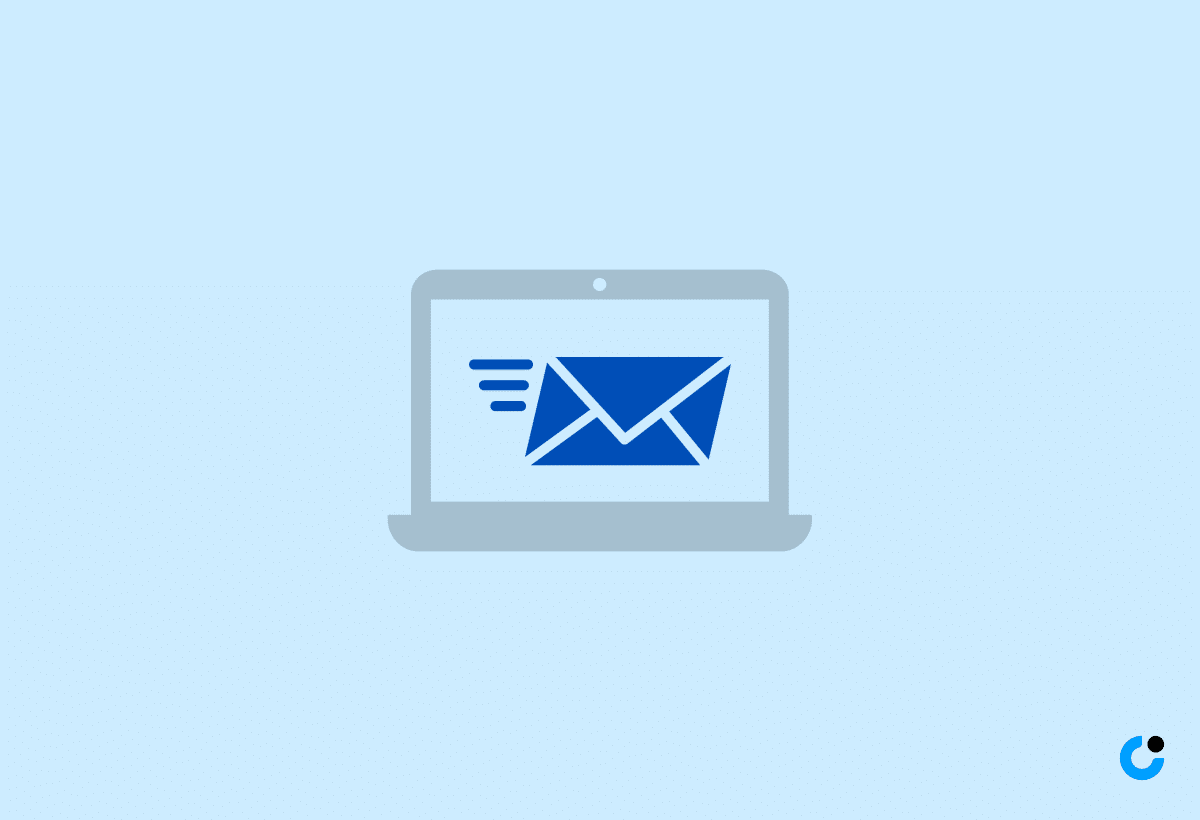
Here's a sample follow-up email template that you can customize for your job application. Use this structure to create a personalized and impactful message for the hiring manager.
Begin your follow-up email by addressing the hiring manager respectfully. Express your gratitude for the opportunity to apply for the position. Briefly remind them of the specific role you applied for and the date of your application. Emphasize your continued interest in the position and the company. Provide a concise summary of your qualifications and mention any relevant experience or skills that make you a strong candidate. Close the email with a courteous thank you and a call-to-action, inviting the hiring manager to contact you for further discussion.
Best Practices for Following Up on Job Applications
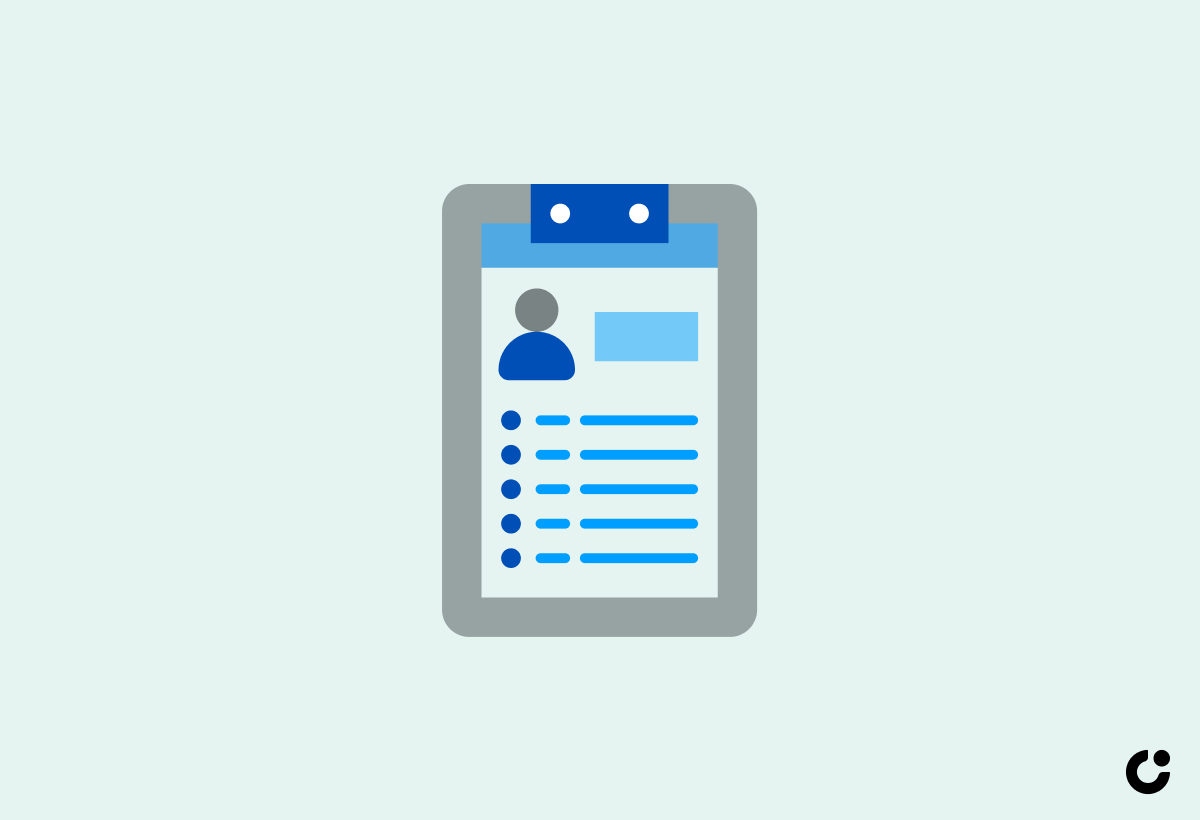
To enhance your follow-up communication, consider best practices such as personalizing your message, referencing specific job details, and utilizing professional language to maintain a positive impression.
Plus personalization, referencing specific job details can demonstrate your genuine interest and understanding of the position. Make sure to mention relevant experiences or skills that align with the job requirements to showcase your suitability. Maintaining a professional tone throughout your communication shows respect for the hiring manager's time and reinforces your own credibility. Be concise and clear in your messages, highlighting how your qualifications make you an ideal candidate while expressing gratitude for the opportunity to apply. Remember that effective follow-up is a key part of the job application process that can set you apart from other candidates.
Utilizing Different Communication Channels for Follow-Ups

Apart from email, exploring alternative communication channels like phone calls or LinkedIn messages can provide additional touchpoints for your follow-up efforts. Each channel offers a unique way to engage with the hiring manager.
Phone calls add a personal touch and allow for a real-time conversation, fostering a more immediate connection.
Sending a LinkedIn message can also be advantageous as it showcases your professionalism on a platform widely used for professional networking.
Adapting your communication style to suit each channel demonstrates your versatility and adaptability, key attributes that can impress potential employers.

Email remains a popular and effective medium for follow-up communication in the job application process. It allows for structured messaging, easy reference, and customization based on the recipient.
Plus its convenience, using email as a primary follow-up channel portrays professionalism and attention to detail, which are highly valued by employers. Crafting impactful follow-up emails involves personalizing the message to show genuine interest, summarizing key points from the interview or previous correspondences, and expressing gratitude for the opportunity. Utilizing keywords relevant to the job position or industry can also help your email stand out to the recipient. Remember to maintain a polite and respectful tone throughout your email, and always proofread for any errors before hitting send.
Phone
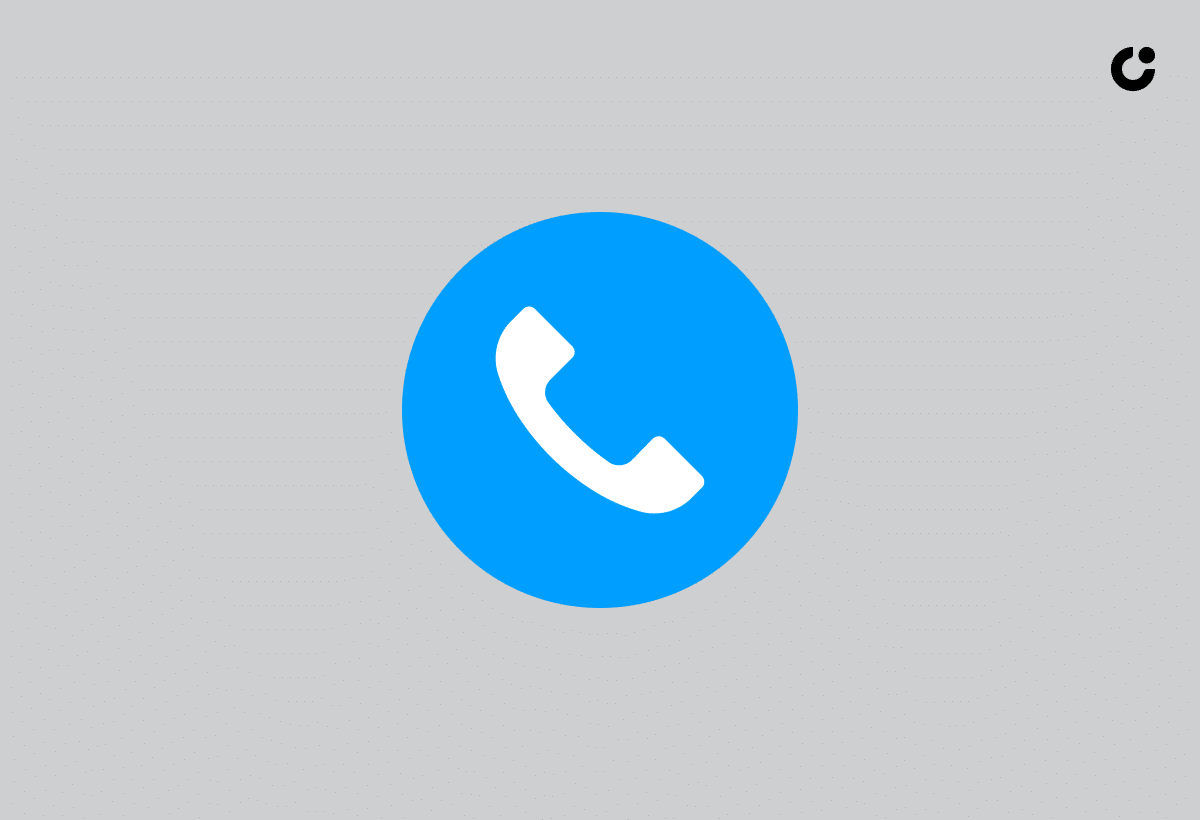
Using the phone for follow-up communication can be a direct and personal way to connect with the hiring manager. It allows for real-time interaction and immediate feedback on your application.
By engaging in a phone call, you demonstrate your proactive approach and genuine interest in the position. Direct communication through voice can convey nuances that may get lost in written messages, allowing you to express your enthusiasm effectively.
Phone follow-ups offer a more personal touch compared to emails, showcasing your interpersonal skills and professionalism. Hearing the hiring manager's tone and responses can guide your conversation, ensuring a tailored interaction that resonates positively.

Engaging with the hiring manager on LinkedIn can offer a professional platform for follow-up communication. It allows you to showcase your online presence, mutual connections, and industry insights.
By utilizing LinkedIn for follow-up interactions, you not only demonstrate your proactive approach but also have the opportunity to stay on the radar of potential employers. Establishing a presence on this platform can significantly boost your personal branding efforts, positioning you as a knowledgeable and engaged professional in your field. Engaging with hiring managers through thoughtful messages or comments can help you build meaningful relationships and stand out among other candidates. Leveraging targeted keywords relevant to your industry and optimizing your profile with a strong headline and summary can enhance your visibility and attract the right opportunities.
Frequently Asked Questions
How can a sample follow-up email enhance my job application as a job seeker?
A sample follow-up email can enhance your job application by providing a template that you can personalize and use to follow up on your job application. It can also help you stand out from other job seekers by showing your strong interest and professionalism.
What should I include in a follow-up email after submitting a job application?
Your follow-up email should include a brief thank you for the opportunity to apply, a summary of your qualifications and why you are interested in the position, and a polite request for an update on the status of your application.
Can I use a sample follow-up email for any job application?
Yes, a sample follow-up email can be used for any job application, regardless of the industry or position. However, it is important to customize it according to the specific job and company you are applying to.
When is the best time to send a follow-up email after submitting a job application?
The best time to send a follow-up email is within 1-2 weeks after submitting your application. This allows enough time for the hiring manager to review your application and for you to show your continued interest in the position.
What if I don't receive a response to my follow-up email?
If you don't receive a response to your follow-up email, don't be discouraged. It is possible that the hiring manager is busy or has not yet made a decision. You can follow up again after another week or two, or move on and continue your job search.
Can a follow-up email improve my chances of getting hired?
While a follow-up email does not guarantee that you will get hired, it can show your determination and professionalism to the hiring manager. It also keeps you top of mind and gives you another opportunity to showcase your qualifications, potentially increasing your chances of getting hired.

